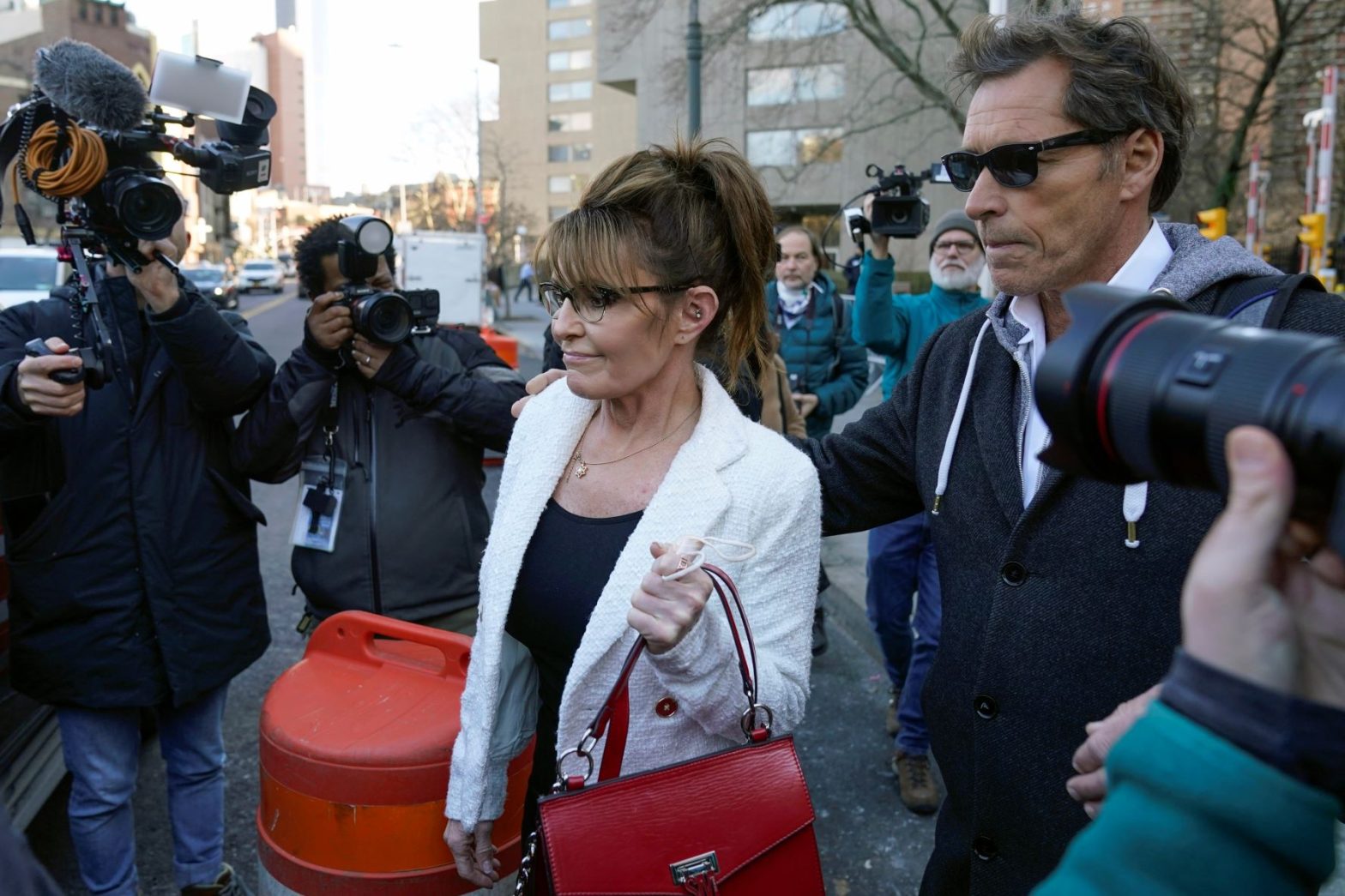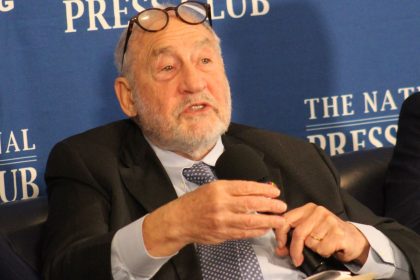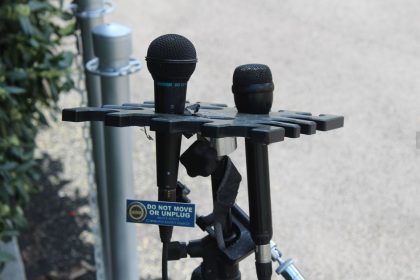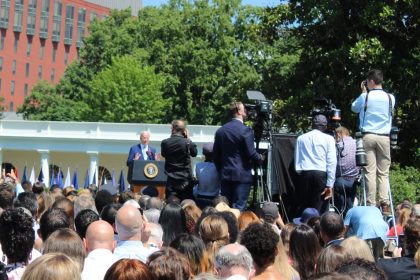Second Shoe Drops for Palin in Libel Case

NEW YORK — The jury deliberating Sarah Palin’s libel suit against The New York Times returned a verdict against her, concluding there was insufficient evidence to prove the newspaper acted with “actual malice” when it published a 2017 editorial erroneously linking her political rhetoric with a mass shooting in Arizona.
The verdict came a day after U.S. District Judge Jed Rakoff took the extraordinary step of announcing that he would dismiss the case if the jury found in her favor.
For a time, the Palin case was seen as a major test of New York Times v. Sullivan, the landmark Supreme Court decision from 1964 which stated that in order to sustain a claim of defamation or libel, the First Amendment requires that the plaintiff show that the defendant knew that a statement was false or was reckless in deciding to publish the information without investigating whether it was accurate.
In a unanimous opinion authored by Justice William Brennan, the court ruled for the Times.
When a statement concerns a public figure, the court held, it is not enough to show that it is false for the press to be chargeable for libel.
Instead, the target of the statement must show that it was made with knowledge of, or reckless disregard for, its falsity.
Brennan summarized the standard using the term “actual malice,” although in this case, he meant the phrase to mean with knowledge and gross recklessness rather than intent, since courts found it difficult to imagine that someone would knowingly disseminate false information without a bad intent.
Throughout the trial Palin attorney Kenneth Turkel tried to convince the jury that this and other legal protections accorded journalists are too broad and outdated.
But the Times and James Bennet, the former opinion editor who oversaw production of the editorial argued the editorial was simply a mistake made by human beings working on deadline.
David Axelrod, the attorney for the Times noted that Bennet asked for the opinions of other editors about the piece and said at least eight pairs of eyes at the newspaper went over it before it was posted online.
Where Turkel saw a paper trail in the email exchanges between members of the Times’ staff, Axelrod saw a record of a hastily assembled piece — with no one having time to hatch a malicious plot to defame Palin.
“Pre-publication, no one was aware that this article would be read to imply causation,” Axelrod said.
“There was no conspiracy. It was a mess-up. It was a goof. And yeah, it stinks. But because we value the First Amendment, we tolerate it. Because nothing was done here intentionally,” he said.
Palin is expected to appeal.
Palin’s suit alleged that The Times defamed her with an editorial that incorrectly drew a link between her political assertions and a shooting near Tucson, Arizona, in 2011 that left six people dead and several more wounded, including then-Rep. Gabrielle Giffords.
Giffords’ district had been one of 20 singled out on a map circulated by Palin’s political action committee underneath digitized crosshairs. However there was no evidence the shooter, Jared Lee Loughner, had ever seen or was motivated by the map.
After his arrest, two medical evaluations diagnosed Loughner with paranoid schizophrenia and ruled him incompetent to stand trial.
The editorial was published on June 14, 2017, the same day that James Hodgkinson, of Belleville, Illinois, opened fire on a baseball field in Alexandria, Virginia, where Republican congressmen were practicing for the annual Congressional Baseball Game, injuring several people, including Rep. Steve Scalise of Louisiana.
The headline was “America’s Lethal Politics,” and the editorial asked whether the Virginia shooting was evidence of how vicious American politics had become. The Times corrected the editorial the morning after it was published after readers pointed out the mistake.
Dan can be reached at [email protected] and at https://twitter.com/DanMcCue.






















